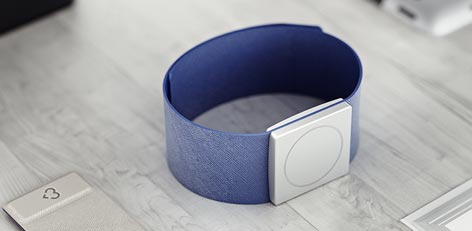A model that uses mobile and wearable devices predict the flu
Posted on: 20/Aug/2015 9:38:12 AM

The 21st International Conference on Knowledge Discovery and Data Mining was held at Sydney in Australia. At the conference, researchers from the University of North Carolina at Chapel Hill and Duke University have claimed that smartphone apps and wearable devices are enabled to give health and lifestyle data that may identify the risk of developing the flu. The model they have developed helps them predict the spread of the flu over time for college students.
Researchers studied 100 students at the University of Michigan. During the flu season two years ago, students carried Google Android smartphones for 10 weeks. The phones had a built in software called iEpi. This software used WiFi, Bluetooth and GPS technologies. Through this, the researchers were able to monitor the movements of the students at all times, including whom they came in contact with. The students were also made to record their symptoms online every week. Those that reported a cough or a fever or any kind of flu symptoms were provided with throat swabs to diagnose the issue. Depending on the results, the model predicted the odds by which the student would spread or contract the flu. The results also showed on which day they may contract the illness. In addition, the model gave recommendations to beat the odds or hasten the recovery, such as hand washing or getting a flu shot.
Say the researchers, Unlike most infection models, which focus on population-level changes in the proportion of people likely to get sick, this approach gives a personalised daily forecast for each patient... Close living quarters, low flu vaccination rates and busy social calendars make college students particularly prone to catching the virus... Of the 18 million undergraduates in US, more than one in five are likely to get the flu this year... (We found) that students who smoked or drank took longer to recover... We didn`t have this kind of personalised health data until a few years ago. But now, smartphones and wearable health and fitness devices allow us to collect information like a person`s heart rate, blood pressure, social interactions and activity levels with much more regularity and more accurately than was possible before. You can keep a continuous logbook. We want to leverage that data to predict what people`s individual risk factors are, and give them advice to help them reduce their chances of getting sick.







